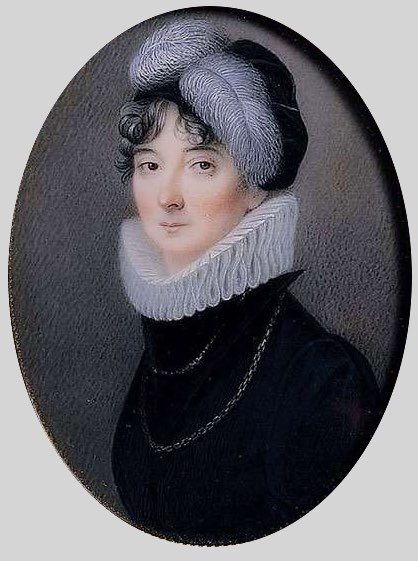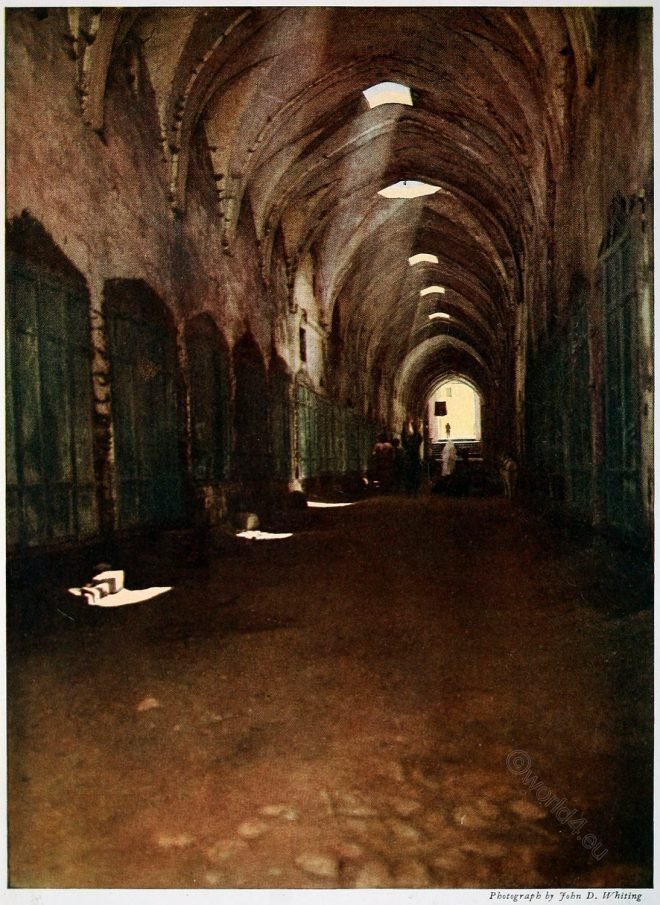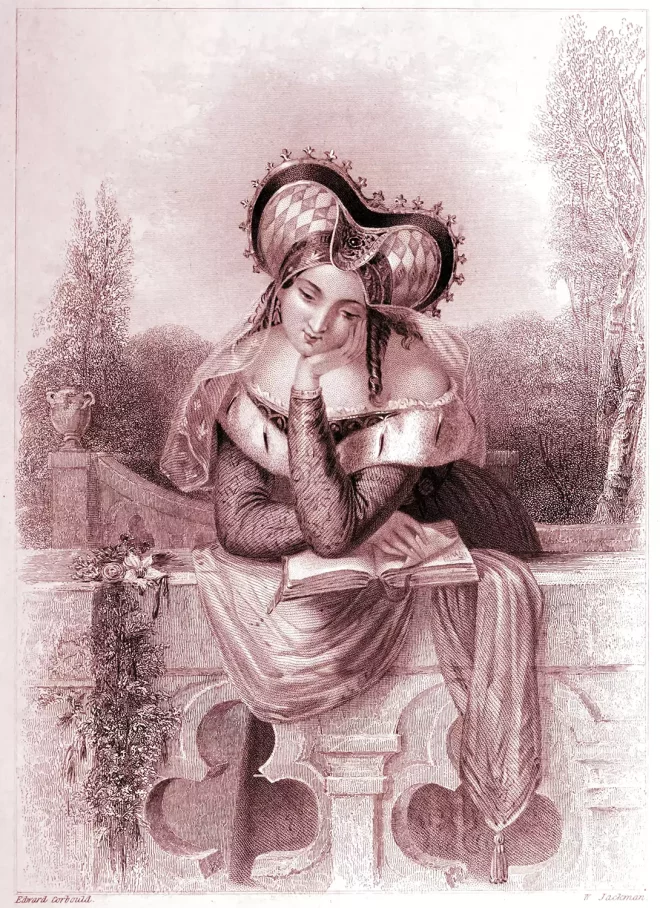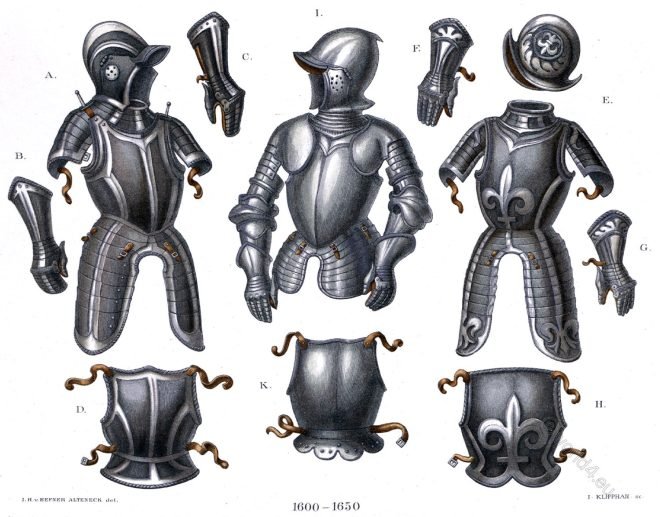Lady Hester Stanhope was an English aristocrat, antiquarian, and one of the most famous travellers of her age.
Category: Genre
German Knights Family. Medieval Garb. 13th century
German knight in chain mail, sword and shield. Knight’s son in tabard over armour and sword. Noble lady in cotte.
Jerusalem. The Cotton Merchants’ Market. Suq al-Qattanin.
One of the entrances to the temple area within which stands the Mosque of Omar.
Lake Winnipesaukee. The beautiful lake of the Indians. New Hampshire.
The Indian name “Winnipesaukee” is derived from “Wiwininebesaki”, which means “the lake near which there are other lakes and ponds” or simply “lake area”.
Dame de qualite costume of the court of Charles VII 15th century.
Noble lady with superb head-dress, bordered with fleurs-de-lys, is worthy of the court of one of the most gallant of the French princes.
The immersion of the pilgrims in the Jordan River
In this View Achmet Aga, the Governor of Jerusalem, with a part of his Arab guard, occupy the foreground.
Complete harnesses of soldiers in the Thirty Years’ War 1618 to 1648.
Three complete sets of half-armour from the first half of the 17th century. They show the most essential characteristics of the armour worn
Medieval Garb of German Noble Ladies and a Duke, 13th century.
German Gothic Fashion. Noble ladies in the cotehardie. Prince in the houppelande. On the history of costumes.
Gardens of the Dal Lake at Srinagar in Kashmir.
Mughal gardens in Srinagar, Kashmir. Gardens of the Great Mughals by Constance Mary Villiers Stuart. Nishat Bagh, Shalimar Bagh.
Court Toilets & Ceremonial Robes. France 16th, 17th century.
History of Costume by Auguste Racinet. Costumes of the nobility in the time of Henry IV of France. 16th, 17th century. Court Toilets & Ceremonial Robes.










